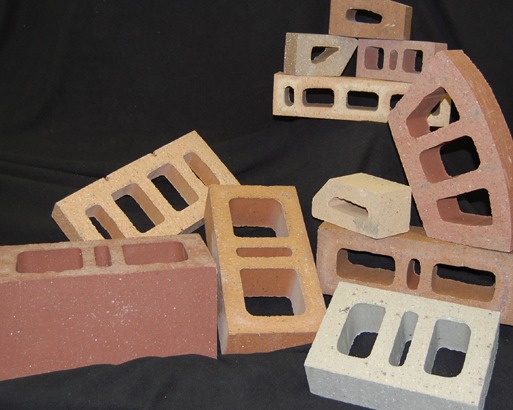Designing a Bigger Future for Structural Masonry
Words: David Biggs 
Until now, structural masonry has suffered a split persona. While it offered a more efficient building system, plus inherent qualities like beauty and durability, the lack of design software made it a less practical choice for engineers and architects.
Now, software developed by Bentley Systems Inc. for the International Masonry Institute (IMI) and industry partners, including the National Concrete Masonry Association, has made the structural masonry market more viable than ever.
The software provides a quicker solution for all masonry loadbearing buildings, plus a hybrid option allowing masonry to work with a steel frame. The whole-building, finite-element, structural engineering software programs can rapidly analyze both types of buildings. Depending on the building’s configuration and function, masonry can be the primary structural system (loadbearing achieved with bearing and shear walls) or integrated with a steel or reinforced concrete frame in the form of a hybrid masonry and frame system.
Designers like its versatility, since it allows for easy design of perforated shear walls, irregular configurations, multi-story structures and structural infill panels. Along with the dramatically shorter design time, “we got a more detailed analysis,” says New York structural engineer David Biggs of Ryan-Biggs Associates, a collaborator in the software’s development.
The software capitalizes on the fact that structural masonry offers cheaper, faster, and more energy-efficient solutions – all strong selling points in an uncertain economy. It helps building owners maximize their LEED credits in several ways. The concrete masonry mass walls store energy during the daytime, and slowly release it during the nighttime hours, helping to moderate heat loss from a building. Energy efficiency in general is much easier to accomplish with masonry walls; rigid board insulation within a masonry cavity offers the best system in developing R values. As future versions of LEED and other rating systems place greater emphasis on lifecycle analysis, structural masonry offers one of the most effective systems.
To launch the software, IMI developed an educational seminar series to help designers become comfortable using it. “The output was very user friendly,” says Robert Zygmunt from the multi-disciplinary design firm, SLAM. “I can’t wait to do my next masonry building.”
To support the structural masonry initiative, IMI offers grout training and certification to members of the International Union of Bricklayers and Allied Craftworkers (BAC), which appreciative designers are writing into their specifications.
As new loadbearing masonry projects emerge, particularly in the mid-rise market sector, the software proves its value time and again. “It has made a huge difference,” says IMI National Director of Market Development David Sovinski. “Designers shrink their design time dramatically from weeks to days, while masonry contractors and construction managers save real time using readily available CMU’s that let construction start 12 to 14 weeks ahead of steel, which has a long lead time for shop drawings and fabrication.”
The best part is that everyone wins: Owners get quality buildings for less time and money; designers get to use a favorite material creatively; construction managers get a total building solution with fewer parts and headaches; and good masonry contractors get more work.